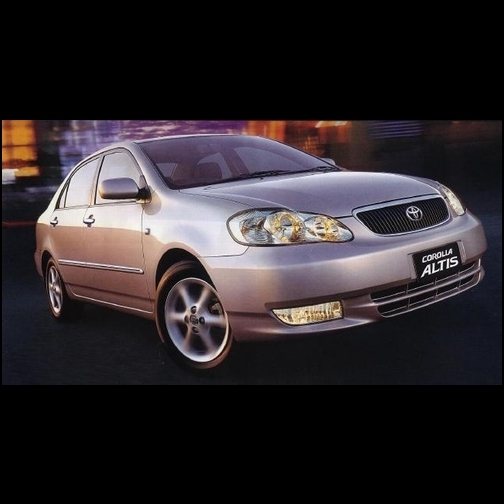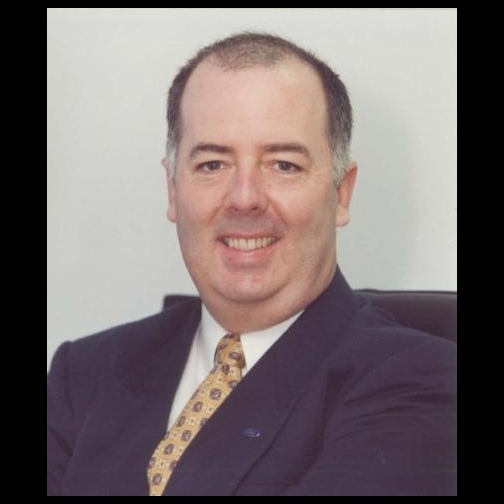DRB-Oriental-Honda Sdn Bhd (DOH), the new joint-venture company that will take over manufacturing, distribution and marketing of Honda vehicles in Malaysia from July 1st 2001, has announced that it will not be making use of an existing plant but will build a brand new plant in Malacca. Earlier, the company had been investigating the possibility of using either the AMM plant in Pekan, Pahang, or Oriental Assemblers in Tampoi, Johor. Using an existing plant would have reduced construction costs and enabled an earlier roll-out of vehicles although Honda would have virtually rebuilt the plant to its standards and installed new equipment with a higher level of automation.
Until recently, it was rumoured that if DOH was going to build a new plant, the site would be in the Klang Valley, a logical choice given the many suppliers already established in this area. DRB-HICOM had also hoped Honda would consider Proton City, a large industrial estate near Tanjung Malim, Perak, which Proton was to have used for a mega-factory complex but has deferred for the time being.
There are a few automotive component suppliers in Malacca but this would be the first vehicle assembly plant in the state. Though a seemingly unusual choice to set up such a plant, it should also be noted that the location is between two major ports – Pasir Gudang in Johor and Port Klang in Selangor – which is useful for logistics. Being on the west coast, transportation costs are also less to distribute vehicles to the major urban centres.
The new plant will be at a 32-hectare site near Pagoh in an industrial estate established by a DRB-HICOM subsidiary. The total cost of the plant, including the purchase of land, is RM170 million and the installed capacity will be 20,000 units a year. Construction will begin this September and should be completed within a year, with the first units rolling out in early 2003. Until then, DOH will continue to have its vehicles assembled under contract at Oriental Assemblers, which has been assembling Hondas since the late 1970s.
According to Mitsuru Ozaki, DOH Managing Director/CEO, the models to be assembled will be similar to what is presently available now: the Accord, CR-V, Civic and City. The entire output will be for the Malaysian market, with an initial forecast of 8,000 units a year. There was a rumour that the Odyssey MPV would be assembled but this is not going to be the case. However, Mr Ozaki revealed that Honda is also looking at some other models that customers are likely to want in coming years.
“We think that our customers will want MPV-type models in future which can carry more people on board so we are studying the matter and will see which model in our range is suitable and perhaps we will assemble it later on,” he told AUTOWORLD.COM.MY’s Chips Yap during a recent media event in Lumut, Perak. Mr Ozaki added that wagon-type models were also being considered.
On why Honda has decided to invest in a new plant in Malaysia even though the country has delayed opening its auto sector under AFTA till 2005 – a move which does not make it possible for exports to other ASEAN countries – Mr Ozaki said that Malaysia has the largest passenger car volume in the region. Admittedly, 85% of that volume is taken by Proton and Perodua but Honda still feels it wants to maintain and strengthen its presence in preparation for the time when the conditions are equal for all companies.
Mr Ozaki said that Honda would definitely want to export cars from its new plant in future and would also allocate specific models to each of its plants in ASEAN so as to get economies of scale. In the meantime, the company will make use of the AICO scheme which allows for duty-free exchange of components among ASEAN countries. This scheme has been used extensively for the new Civic which is why it appeared here so fast after the launch in Japan.
Honda’s decision to establish a new joint-venture for upstream activities is due not only to various issues it has had with Kah Motors in recent years concerning marketing strategies, particularly on the way accessories have been forced on customers, but also its need to control manufacturing more closely. By being directly involved in manufacturing, Honda can achieve even greater cost reductions and this will improve its competitive position in years to come. The new plant will have higher automation and more efficient production processes, lowering production costs which can translate into lower retail prices. Just how much lower is unknown at this time since it will also depend on the tax structure in coming years but there should be change in pricing in due course.
Build quality is a very important thing for Honda and Mr Ozaki said that it will have the highest priority, besides attention to customer needs. “In ASEAN, we consider the vehicles produced at our own plant in Thailand as the highest quality and we want to also achieve the same quality level in our Malaysian plant,” he stated.
On the retail side, contrary to rumours, there will be no change in the dealer network and no DRB unit is presently considered for selling Hondas. Mr Ozaki said that Honda recognises that Kah Motors has already built up a strong network around the country and this will continue to be used.
“We have no plans to stop using Kah Motors for our sales network and won’t be creating a new network,” he emphasised. Of course, by 2005, the situation may be different and there is always the possibility that DRB may ask Honda to consider using some of its EON outlets to sell Hondas when Proton sales decrease significantly. Oriental Holdings (the parent company of Kah Motors) with its 15% stake in DOH may not be able to do much if such a proposal is made, which is why Oriental has taken on the Hyundai franchise.
The ASEAN market gets a lot of attention from Honda these days not only because of the coming regional free trade provisions but also the fact that in this part of the world, Honda is much more competitive against Toyota.
“Honda and Toyota compete very aggressively all over the world and in most countries, Toyota is stronger. However, in ASEAN, our positions are often close and that is why we want to strengthen our presence here and in other ASEAN countries,” Mr. Ozaki said.































